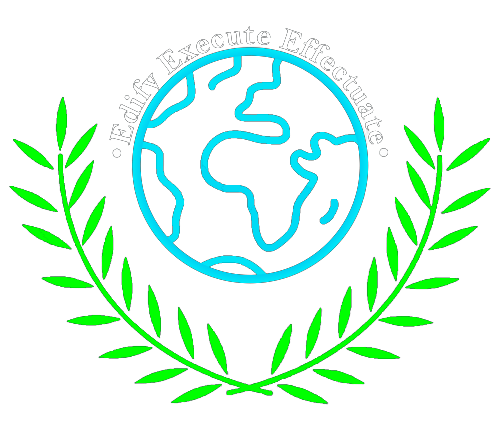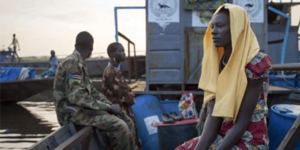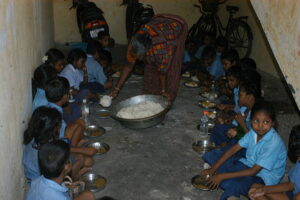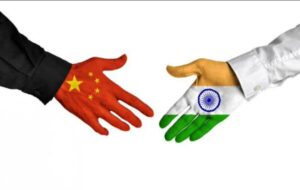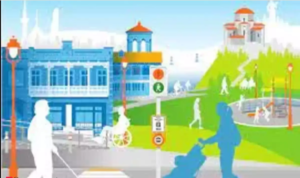Gender Apartheid in Afghanistan: The Taliban’s War on Women’s Rights Introduction The Taliban, an extremist militia, first seized control of Herat in 1994 before capturing Kabul, the capital of Afghanistan, on September 27, 1996. Their rule plunged Afghanistan into a brutal totalitarian regime, imposing gender apartheid that stripped women and girls of their fundamental human rights. Under Taliban rule, women were banned from education and employment, denied healthcare, forced into seclusion, and subjected to severe violence and oppression. The erasure of women from public life not only violated human rights but also led to devastating social and economic consequences for the entire population. This paper will explore the systematic oppression of women, the wider societal impact of Taliban policies, and the long-term consequences of their gender-based restrictions on Afghan society. Historical Background Women in Afghanistan have experienced significant shifts in status and rights over the past century. In the early 20th century, King Amanullah Khan (1919–1929) promoted women’s education and discouraged veiling. His wife, Queen Soraya, was a key advocate for women’s rights. However, these reforms faced backlash, and subsequent rulers reversed many of them. During the 1960s and 1970s, urban Afghan women gained more rights, including access to education and employment. The 1964 constitution granted them the right to vote. However, the Soviet invasion (1979–1989) and ensuing civil war (1990s) disrupted these advancements. While the communist government promoted gender equality, the rise of mujahideen factions and later the Taliban (1996–2001) led to severe oppression—women were banned from working, attending school, and appearing in public without a male guardian. After the U.S.-led invasion in 2001, efforts to improve women’s rights gained traction. By 2021, millions of Afghan girls were attending school, and women were active in politics and the workforce. However, the Taliban’s return to power in August 2021 reversed many gains. Women were once again restricted from education beyond sixth grade, barred from many jobs, and required to follow strict dress codes. Afghan women have continually resisted oppression, with activists advocating for education and rights despite severe restrictions. Their struggle remains a central issue in Afghanistan’s ongoing political and social landscape. (International Journal), (UN women). Women’s Rights in Afghanistan Before 2001 Women in Afghanistan were not always restricted in their rights. In fact, Afghanistan was once considered one of the more progressive countries in the region regarding gender equality. Women were granted the right to vote as early as 1919, a milestone that placed Afghanistan ahead of many Western nations at the time. The 1964 Constitution further strengthened women’s rights, guaranteeing equal opportunities in education, employment, and politics. During the 1970s and early 1980s, Afghan women in urban areas, especially in Kabul, had access to higher education, and many worked as doctors, teachers, and government officials. However, these advancements were not universal. In rural areas, conservative traditions remained strong, and many families still kept women from pursuing education or working outside the home. Despite legal protections, the gap between urban and rural women’s experiences was stark. The political shift in 1978, when the communist-backed People’s Democratic Party of Afghanistan (PDPA) took power, brought a wave of reforms aimed at modernizing Afghan society. The government encouraged women’s education and participation in the workforce, but these changes were met with resistance from conservative factions. Many saw the PDPA’s policies as an attack on traditional Afghan values, fuelling unrest that eventually led to the Soviet invasion in 1979. During the Soviet-Afghan War (1979-1989), women’s rights remained a deeply contested issue. While the Soviet-backed government continued promoting gender equality, the Mujahideen—Afghan resistance fighters who opposed Soviet rule—held much more conservative views. When the Mujahideen took control after the Soviet withdrawal, Afghanistan descended into civil war, and women’s freedoms were gradually stripped away. The situation worsened when the Taliban emerged victorious in 1996. Under their strict interpretation of Sharia law, women were completely removed from public life. They were banned from attending school, working, or even leaving their homes without a male guardian. The Taliban imposed a strict dress code, forcing women to wear the all-encompassing burqa, and those who disobeyed faced severe punishment, including public beatings and executions. In just a few years, decades of progress had been erased. Changes Under the U.S.-Backed Government The fall of the Taliban in 2001, following the U.S.-led invasion, brought a new chapter for Afghan women. The new government, backed by international support, prioritized gender equality. The 2004 Constitution granted men and women equal rights, and efforts were made to rebuild Afghanistan’s education system, ensuring that girls could return to school. By 2011, approximately 2.7 million Afghan girls were enrolled in school, a dramatic increase from zero under Taliban rule. Women also re-entered the workforce, taking on roles in journalism, politics, and education. For the first time in decades, Afghan women held government positions, and a quota system was introduced to ensure female representation in parliament (Brookings Institution). Despite these achievements, challenges remained. Security threats, cultural opposition, and the ongoing war made it difficult for many women to exercise their rights, especially in rural areas. Women in public roles often faced threats and violence from extremist groups. While the government promoted gender equality, many Afghan families still followed traditional customs that limited women’s freedoms. The situation of women after the Taliban In the last 3 years and 6 months after regaining power in Afghanistan, the Taliban, have created the world’s most serious women’s rights crisis. Afghan women and girls now face institutionalized gender apartheid, with restrictions on almost all spheres of normal life. The education ban has denied millions of Afghan girls the right to learn. Girls beyond sixth grade are barred from attending school and the Taliban has officially banned young women from attending universities. This ban has effectively removed women from formal education removing all their chances of being employable and reinforcing patriarchy. Along with the educational ban, there’s a ban on women from the workforce except few sectors like healthcare and primary educators. This has further intensified poverty as many

